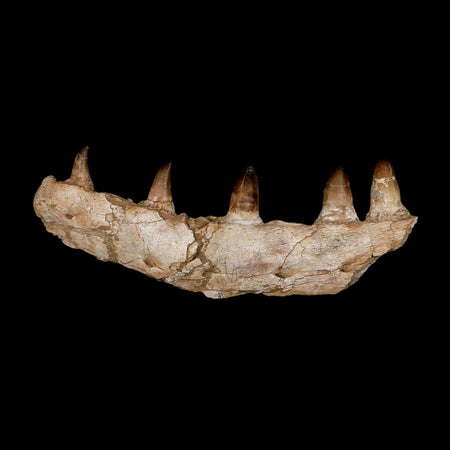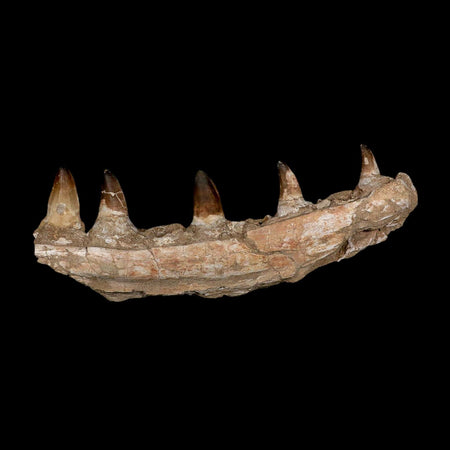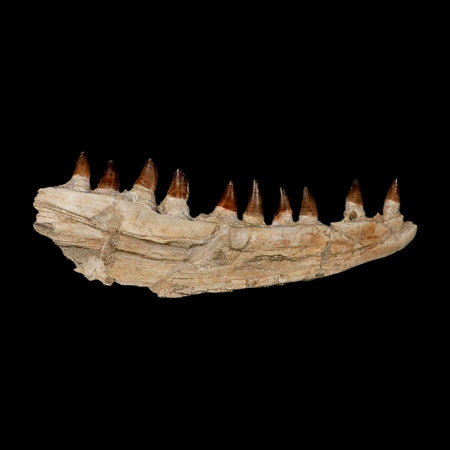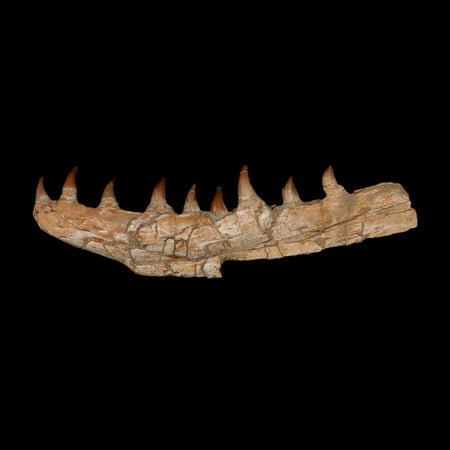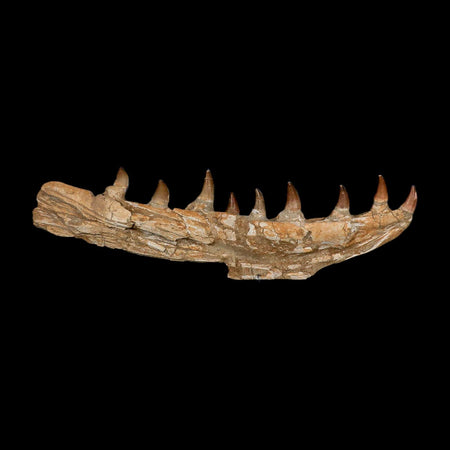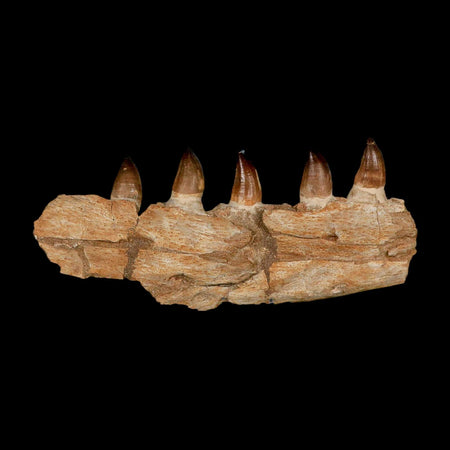2.5" Mammites Nodosoides Ammonite Fossil Shell Upper Cretaceous Age Morocco
Location: Jbel Toubkal, Atlas Mountains, Morocco
Weight: 4.1 Ounces
Dimension: 2.5 Inches Long, 2 Inches Wide, 1.1 Inches Thick
This is a real fossil
Upper Cretaceous, 80 Million Years Old
The items pictured are the ones you will receive.
Mammites Nodosoides Ammonite
Ammonites are an extinct group of marine animals that belong to the subclass Ammonoidea, which is part of the class Cephalopoda. They thrived during the Mesozoic era, particularly in the Jurassic and Cretaceous periods, which spanned approximately 140 million years, from about 201 million years ago to their extinction around 66 million years ago at the end of the Cretaceous period. This extinction event coincided with the demise of the dinosaurs and was likely caused by a combination of catastrophic environmental changes, including a significant asteroid impact.
Ammonites are best known for their beautifully coiled shells, which varied widely in size and shape. Each shell was divided into chambers by thin walls called septa. The living animal resided in the outermost chamber—known as the body chamber—while the inner chambers were filled with gas or fluid to help control buoyancy. The intricate suture patterns formed where the septa met the outer shell are key identifiers used to distinguish between different ammonite species and genera.
The ammonite shell served several vital purposes: it protected from predators and enabled the animal to float and move efficiently through the water.
These carnivorous cephalopods likely fed on plankton, crustaceans, and perhaps even other ammonites. They had tentacle-like arms for capturing prey and sharp, beak-like jaws similar to modern-day squid and octopuses. Fossil evidence suggests that ammonites were agile swimmers, thriving mostly in warm, shallow seas rather than deep ocean environments.
Ammonites displayed extraordinary evolutionary diversity. Over 10,000 species have been described from fossil discoveries around the world. Because they evolved rapidly over relatively short geological time spans, they are considered excellent index fossils—helping scientists to date and correlate sedimentary rock layers.
Their origins trace back to straight-shelled nautiloids of the Devonian period. Over millions of years, they developed more complex shell forms and intricate suture patterns that enhanced buoyancy and strength. Despite surviving several major mass extinctions—including the Permian-Triassic event—ammonites finally disappeared about 66 million years ago during the Cretaceous-Paleogene extinction.
This last extinction, which also wiped out the dinosaurs, was most likely caused by a massive asteroid impact that triggered catastrophic climate change and collapsed marine food chains—bringing an end to one of Earth’s most successful and long-lived groups of marine animals.












